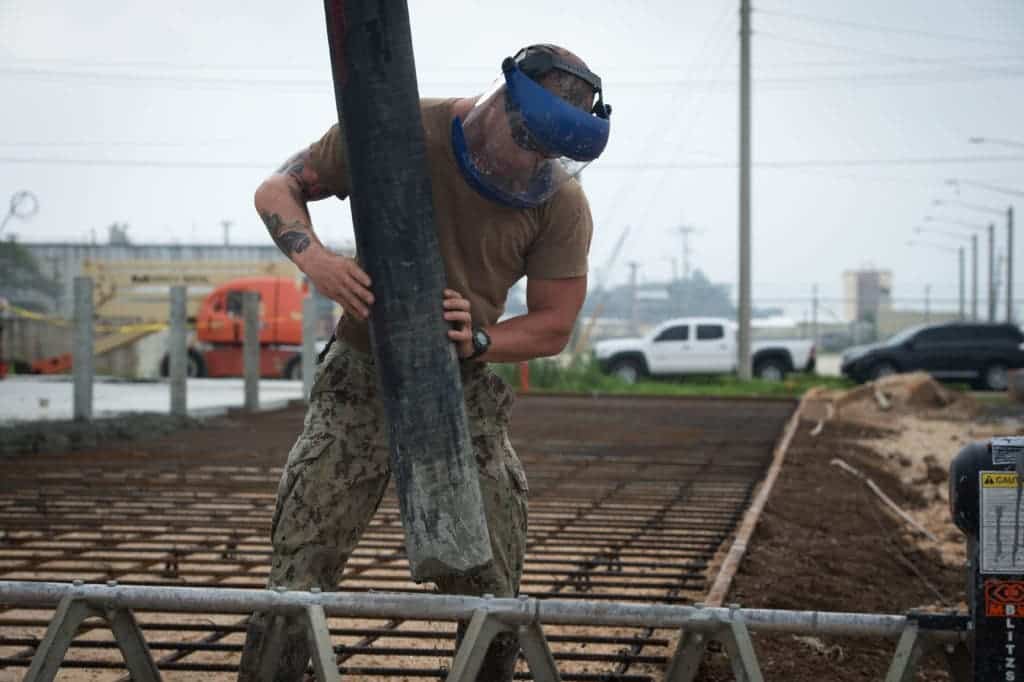In the global construction industry, manufacturing concrete is one of the most carbon-intensive activities, mainly due to the amount of energy it needs. Hawaii is now seeking a solution through the development of a new form of concrete that reduces greenhouse gas emissions.

Concrete is the second most used material on the planet after water, according to the nonprofit Global Concrete and Cement Association. But its manufacturing process is far from sustainable, being among the top five sources of carbon emissions on the planet.
With that scenario in mind, Hawaii began testing an innovative building material called carbon-sequestering concrete, which has a much lower carbon footprint than conventional concrete manufacturing.
The process takes waste carbon dioxide from an industrial emitter and injects it into a concrete mix, creating a chemical reaction that turns the carbon dioxide into solid calcium carbonate. The resulting concrete mix gets incorporated with other ingredients to form the final product of carbon-infused concrete.
“As the daily baseline measurement for carbon dioxide in our atmosphere reaches the highest level in modern history, it is especially important for all of us to do all we can towards ensuring a sustainable Hawaii for future generations,” said state governor David Ige.
To test the use of this new type of concrete in road construction, the state’s Department of Transportation started a pilot program. Concrete is manufactured by Island Ready-Mix Concrete, using the technology provided by CarbonCure, which works with concrete manufacturers to install its technology in plants worldwide.
CarbonCure first brought the idea of developing its green concrete technology in Hawaii to Elemental Excelerator, a Honolulu-based startup accelerator that funds companies. Elemental Excelerator liked CarbonCure’s vision, became a supporting partner and provided funding to help broker partnerships.
CarbonCure argues concrete produced using its technology not only has a lower carbon footprint but is also stronger than conventional concrete – and just as cost-effective.
“By taking what would otherwise be pollution, a greenhouse gas, turning it into a mineral that becomes permanently embedded in the concrete, we get rid of it forever,” says Christie Gamble, senior director of Sustainability at CarbonCure. “More importantly, the mineralization process enhances the strength of the concrete, and this allows concrete producers to use less cement.”
In April, Honolulu’s City Council passed a resolution requesting that all new city infrastructure projects consider using carbon-infused concrete. Two months after Honolulu passed its resolution, an environmental commission in Austin, Texas, unanimously voted to explore the uses of carbon-infused concrete.









